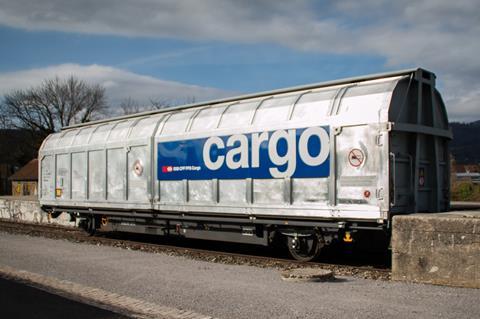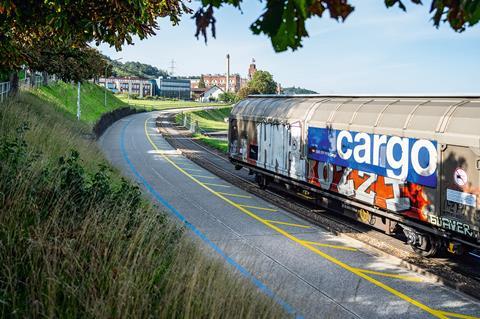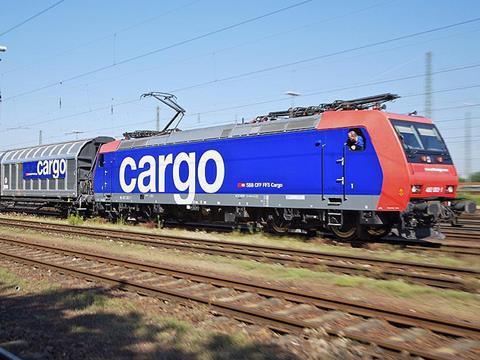
SWITZERLAND: Two options to determine the future of the wagonload freight business are to be analysed further with a view to the government setting the direction of future policy later this year.
Rail currently handles about 25% of all freight traffic in Switzerland, but it has proved increasingly difficult for rail freight to cover its own costs, which is a formal obligation under Swiss law.

At the end of March the Federal Council examined various scenarios for development of the rail freight business that had been put forward in a report prepared at the instigation of the Committee on Transport & Telecommunications of the Council of States. The report also considered options for adapting the legal framework for rail freight and arrangements for financial support.
At the heart of the debate is the future of SBB Cargo’s loss-making wagonload freight traffic and how it should be developed so that it can continue to contribute towards climate change goals and help ensure the security of the supply of goods. The focus is on domestic, export and import freight rather than on the transit business where rail is in a strong position, achieving a 74∙9% market share in the year to March 2022, the highest for 30 years.
The Federal Council has instructed the Federal Department for the Environment, Transport, Energy & Communications to draw up proposals for consultation by the end of September. These will be based on two options drawn from the report.
Option 1 envisages that rail freight would continue to operate as a viable business in a market geared towards competition. Additional instruments would be used to attract more freight to rail, for example by offering subsidies to shippers.
Option 2 would see the single wagonload business overhauled and modernised to make it more attractive for customers. This would require ‘comprehensive financial support’ from federal government for single wagonload traffic.

Among options discussed in the report is abandonment of the network of single wagonload services with the traffic switching to road; this would be irreversible. More positively, the report suggests that there is potential for a ‘very attractive freight transport offer’ if wagonload traffic is supported and further developed. It also notes that keeping the network operational with some form of financial support is linked to socio-economic and environmental benefits.
Significantly, the report suggests that ‘the risks and economic disadvantages of SBB Cargo discontinuing its single wagonload service are greater than the primarily financial policy opportunities of switching to road transport’. Key factors are additional greenhouse gas and environmental emissions, an additional burden on road infrastructure and the need for shippers to convert logistics chains with the associated investment.
The best form of financial support, the report continues, would be a combination of investment and compensation that would be enshrined in service agreements lasting up to eight years. Investment would be targeted at productivity improvements and ensuring better use of capacity so that new market segments could be developed. Ideally, there would be incentives for shippers to use rail or climate-friendly road-rail services.
Changes to the governance and corporate structure of the rail freight business would be needed, and consideration should be given to recapitalisation of SBB Cargo if it is to become a stronger player in the Swiss freight transport market.

















